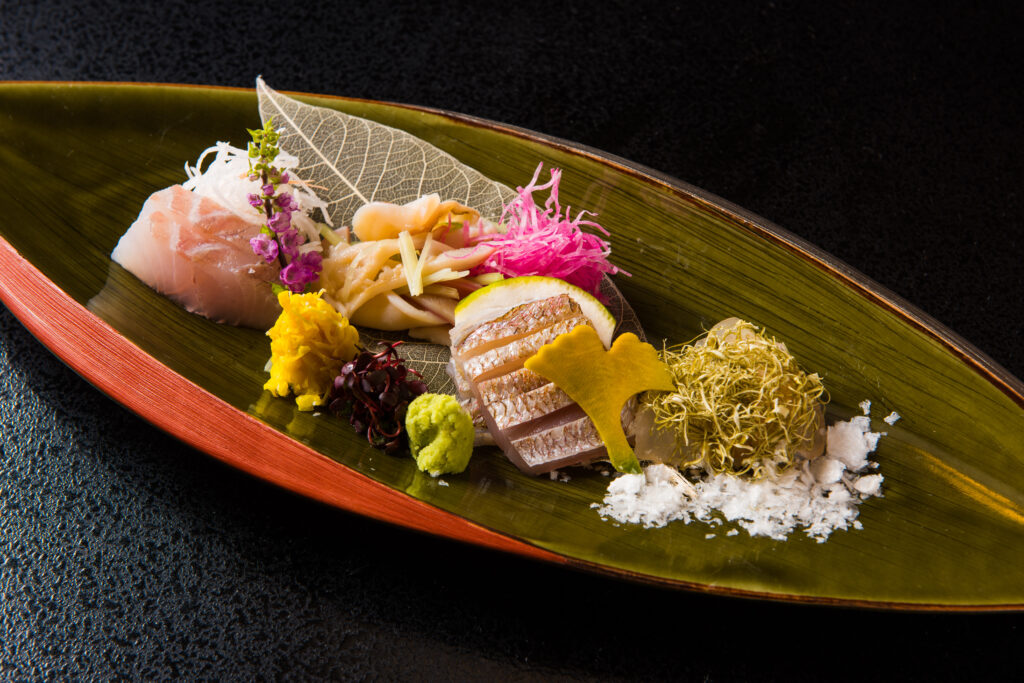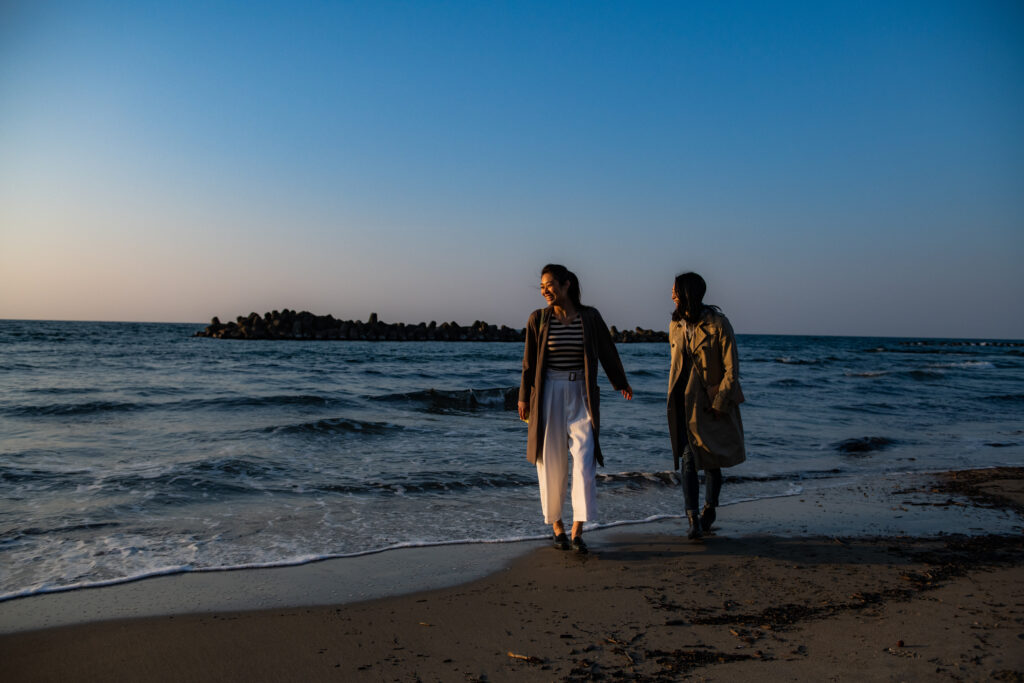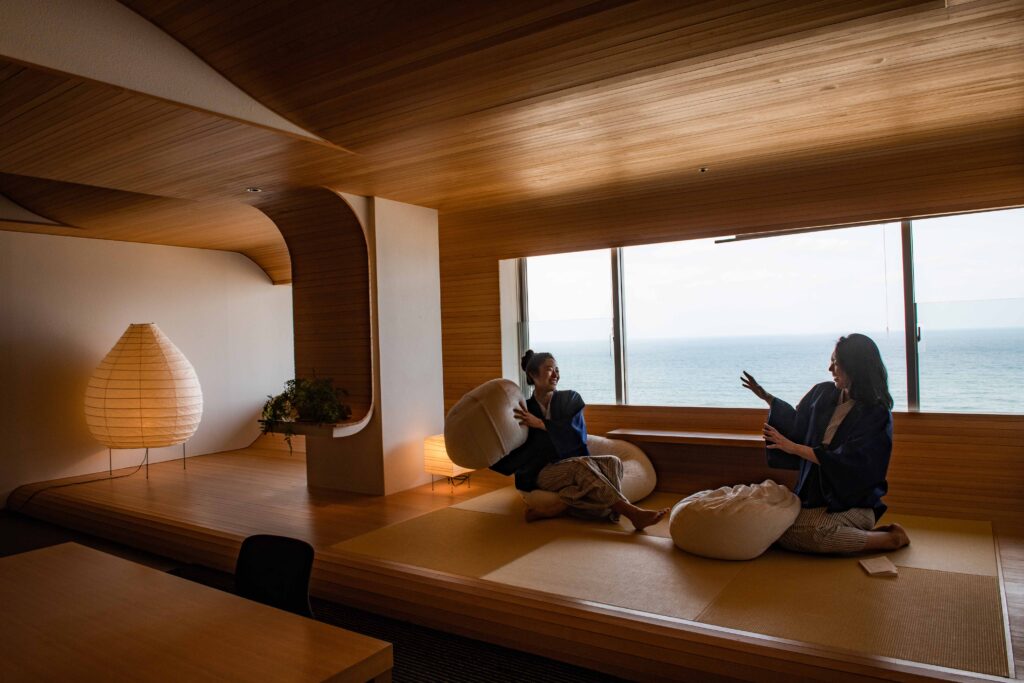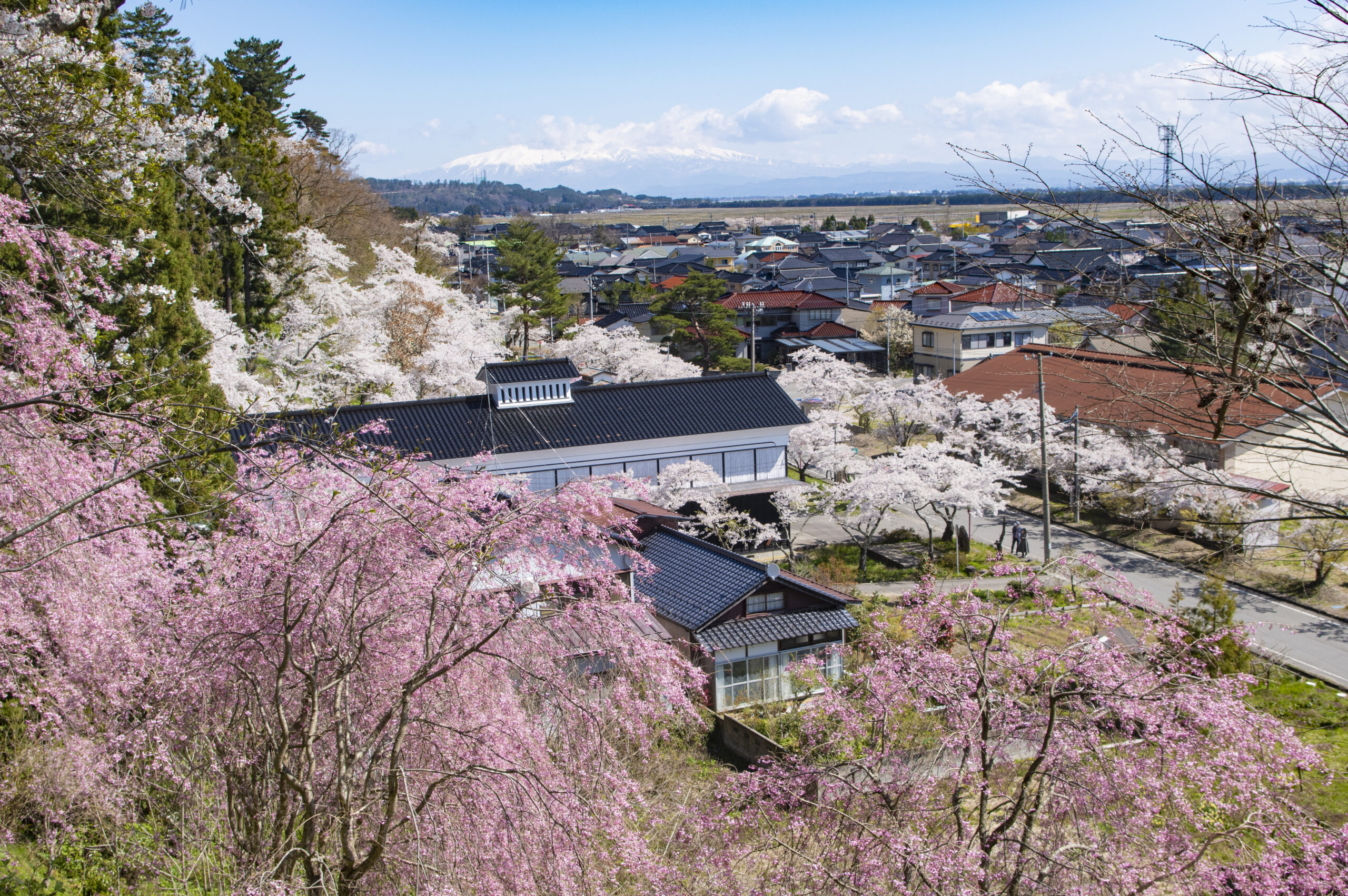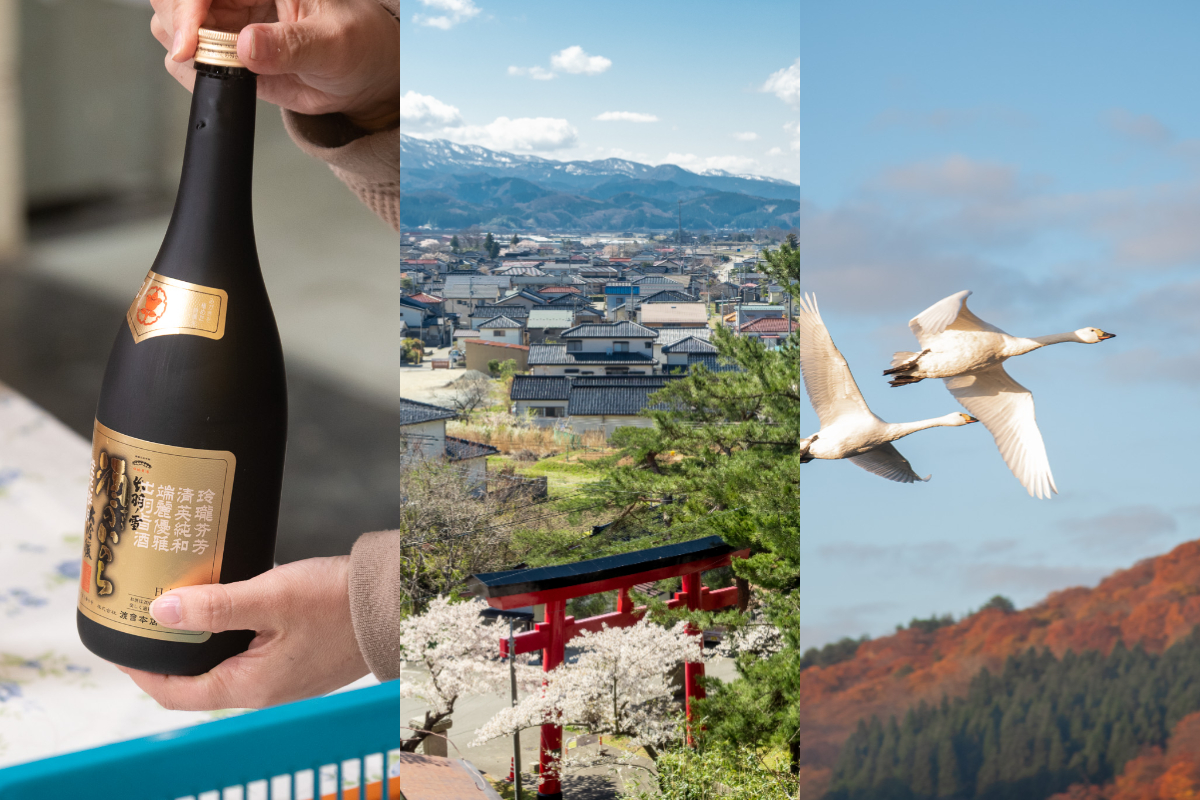
Saké, Pickles, Flowers & Birds : An idea of a day-trip to Oyama (surburb of Tsuruoka)
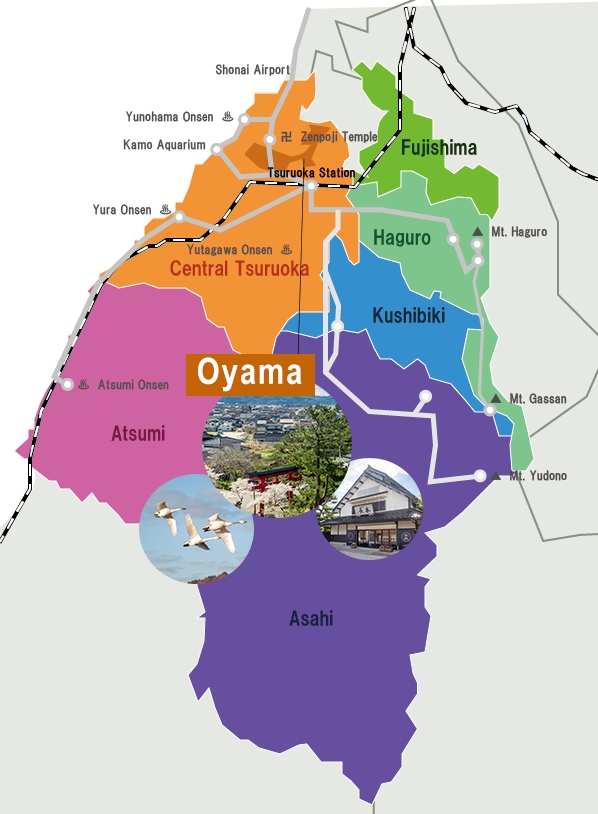
One reason some travelers find Tsuruoka a bit confusing is that the city encompasses a wide area with many outlying neighborhoods (or “suburbs”) and former villages. As shown on the map above, Tsuruoka is divided into six administrative districts, each containing various suburban areas—some of which are still referred to as “villages” in English. Oyama falls within the “Central Tsuruoka” district, although its location isn’t exactly central, as you can see. While not technically in Oyama, several of Tsuruoka’s main tourist attractions are located nearby—such as Zenpoji Temple and, along the coast, the Kamo Aquarium—both just an 8-minute drive away.
Oyama can be reached by bus with the bus bound for Yunohama Onsen via Kamo Aquarium (bus timetable) OR the bus bound for Yunohama Onsen via Zenpoji Temple (bus timetable). They are not the same, don’t mistake them!
So, once you’re there, what’s to do in Oyama?
1. The Honcho Pickles factory 本長
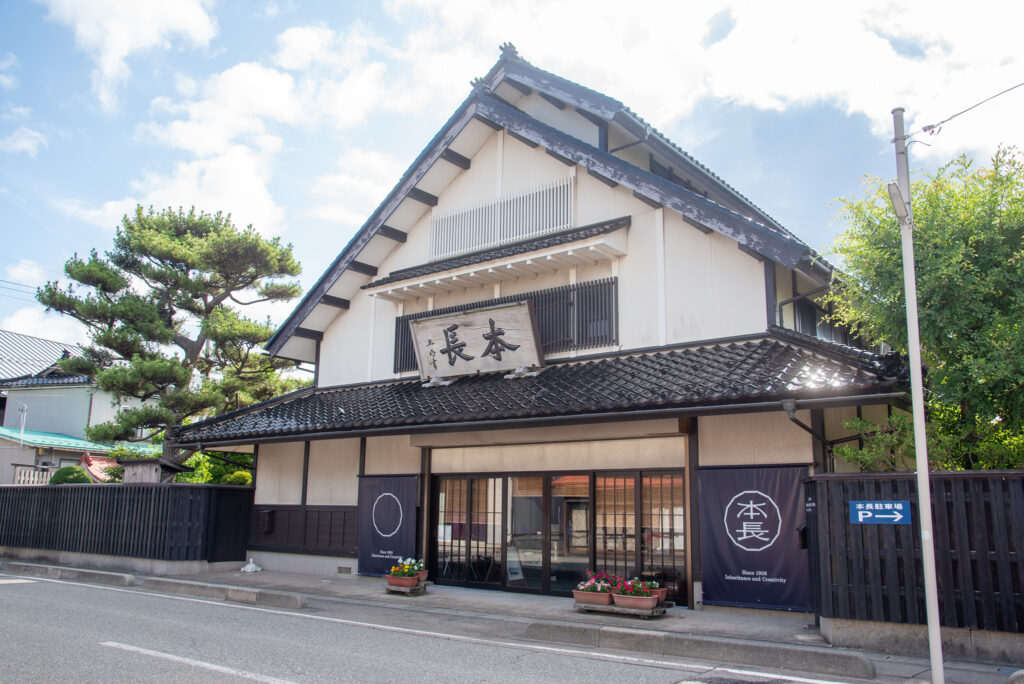
While the factory itself needs a prior reservation (form) to be visited (for free), the shop is still a good stop to make with its huge variety of tsukemono (Japanese pickled/marinated vegetables).
Honcho has been in business for over 100 years in Oyama, Tsuruoka.
Since its founding, it has remained committed to using vegetables grown locally in Yamagata, along with sake lees sourced from the Shonai region. Guided by its company motto—“Making the most of Shonai’s natural bounty to enrich food culture for all”—Honcho has continued to produce pickles using the same traditional methods passed down through generations. Tsukemono are a very important part of Tsuruoka’s gastronomy, counting as one of the city’s many methods of “food preservation” (hozonshoku 保存食) that helped the people feed on nutritious food during the harsh winters.
By continuing to use local vegetables, it aims to support and promote regional agriculture. At the same time, it is also exploring new forms of pickles that go beyond conventional boundaries, a reflect of Tsuruoka’s UNESCO Creative City of Gastronomy title.
Our recommendation?
Minden eggplants (small, round local eggplants) pickled in karashi (Japanese mustard), a dish called “minden nasu no karashi-zuke” “民田茄子の辛子漬”. They are very spicy, but once you acquire the taste, those little eggplants make the perfect appetizers to accompany your meals. Appreciate them with some Chardonnay-type of white wine to counterbalance the mustard’s vivid spiciness with the wine’s soft tanginess, or pair them with some creamy, round-taste junmai sake (pure-rice non polished). Those powerful little eggplants will be something you’ll crave over and over again.
- How to visit
-
Upon reservation at +81235-33-2023 (Japanese only). Open from 8:30 to 16:30
Bus stop name nearby: Oyama Shogin Mae 大山荘銀前 (bus timetable)
2. Watarai’s sake brewery and their sake museum: Dewa no Yuki Shiryokan 出羽ノ雪酒造資料館
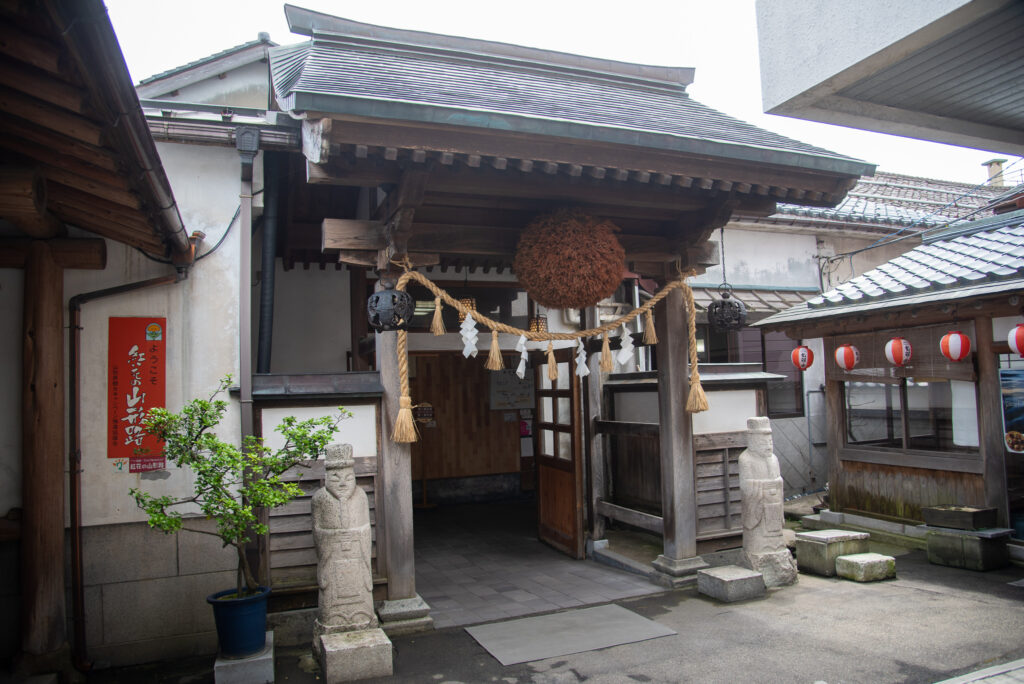
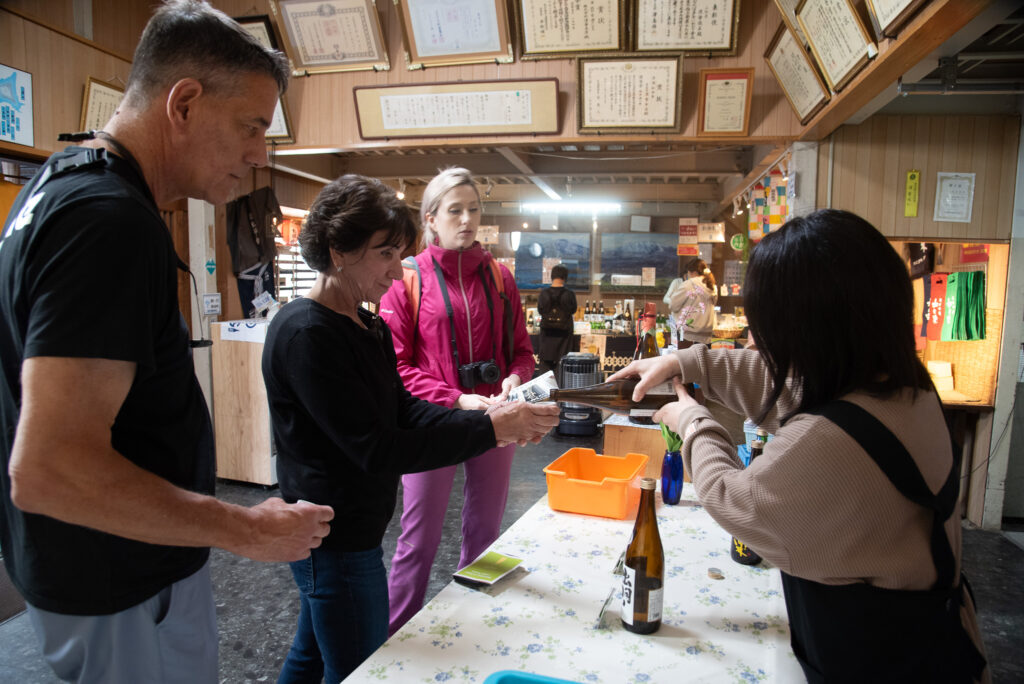
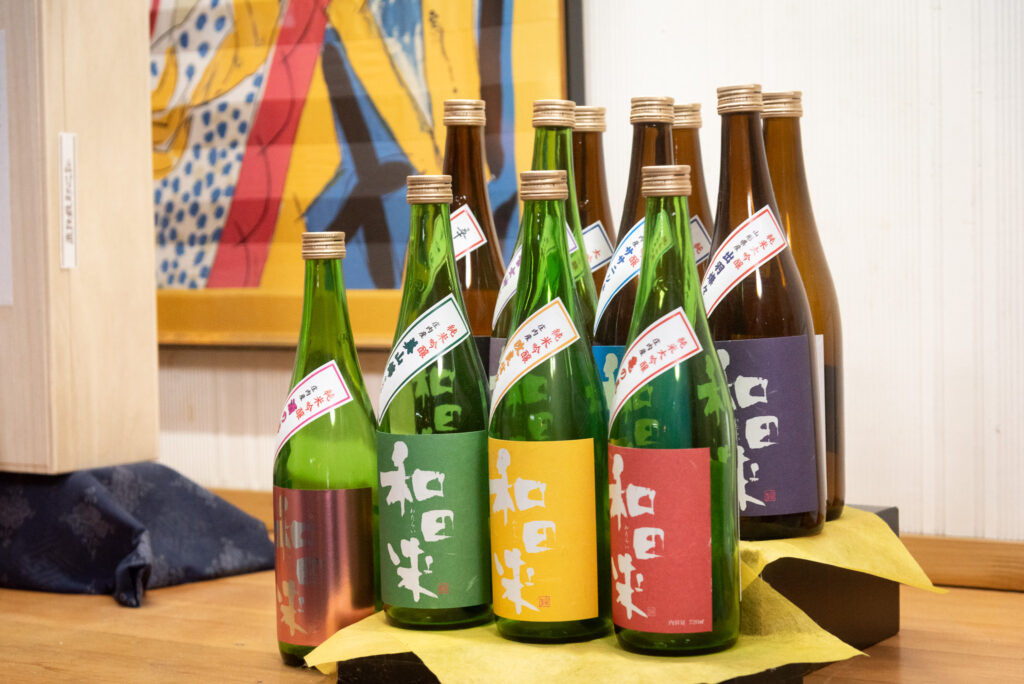
In 1669, the Oyama domain became tenryo (shogunate-controlled land). Around that time, there were as many as 40 sake breweries operating in the area. Historical documents from the period remain, recording the names of the brewery owners and the amount of sake they produced (measured in the traditional koku unit).
Oyama was home to a unique guild of sake brewers known as the Ōyama Tōji. These master brewers not only traveled to work at breweries across the Tohoku region, but also attracted young apprentices from sake-producing families in Tohoku and Echigo (present-day Niigata), who came to train in Ōyama.
While it is common in many regions for farmers to work as seasonal brewers during the winter months, Oyama was different. Until around the early Showa period (1920’s, 1930’s), the sake industry here was supported mainly by craftsmen—carpenters, plasterers, and others—whose own work slowed during the winter season.
Oyama itself was like a town of artisans, with neighborhoods such as coppersmiths, woodworkers, carpenters, blacksmiths, and dyers. These craftsmen lived and worked in close-knit communities, constantly sharing knowledge, refining their techniques, and taking pride in their work. This diligent and cooperative spirit is said to have been the foundation of Oyama’s rich sake-brewing tradition.
Visit the Dewa No Yuki Museum and have a taste at the end of the experience of a selection of three sakes picked by the shop’s worker.
Our recommendation?
While the museum features QR codes that display English information on your cellphone (connection to internet required), we recommend you use the help of a local guide to help you navigate in the complex world of sake and grasp all the richness of agriculture in the Shonai region. Send a mail to our interpreter-guide association: Chat-Chat!
Chat-Chat Tsuruoka’s Interpreter-Guides Association’s Website
- How to visit
-
Open from 8:45 to 16:30
200 yen/person. English explanation about the exhibition available on your phone by scanning the QR codes!
Bus stop name nearby: Oyama Shogin Mae 大山荘銀前 (bus timetable)
3. The Kamiike, Shimoike lakes and its nearby nature-preservation center: Hotoria ほとりあ
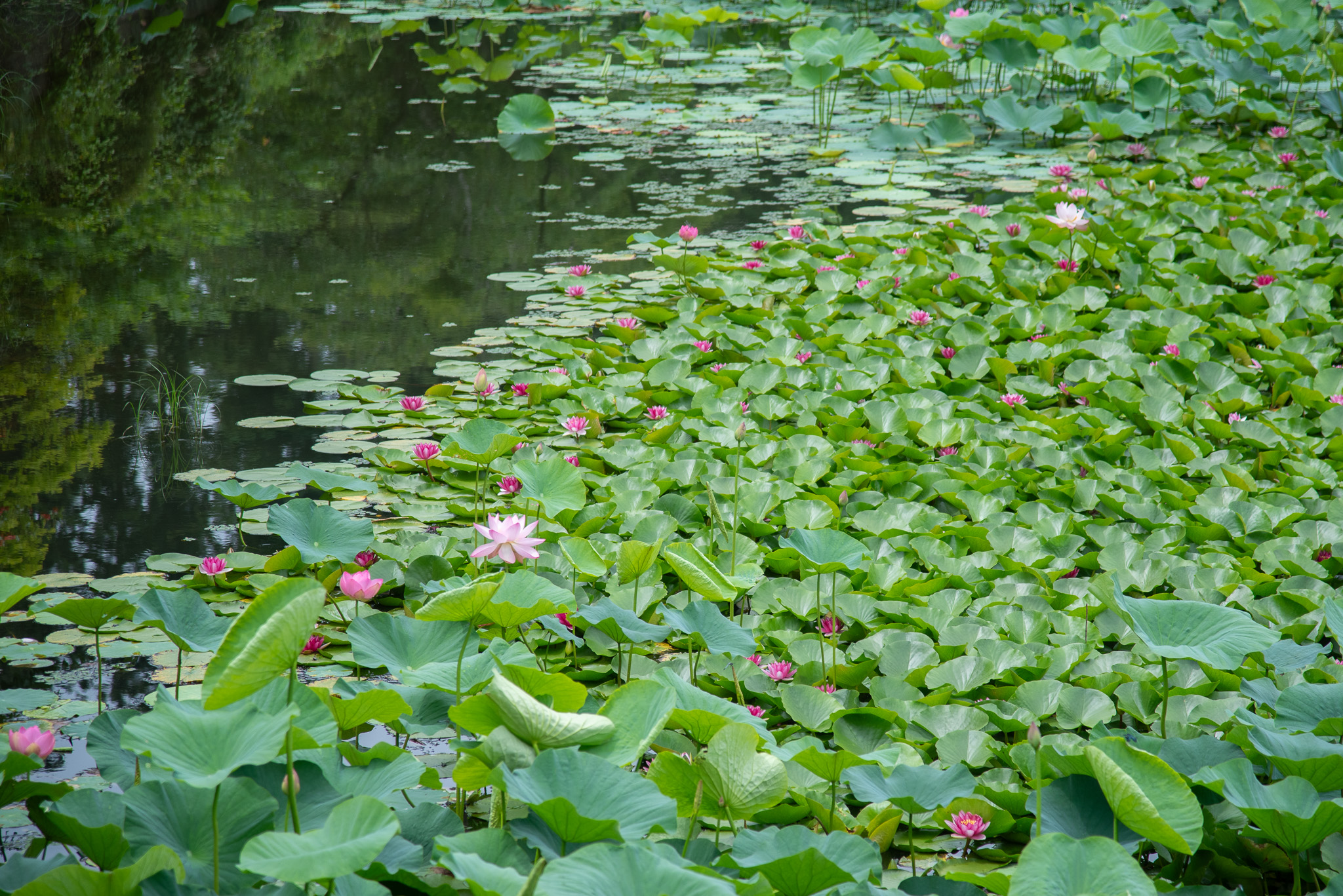
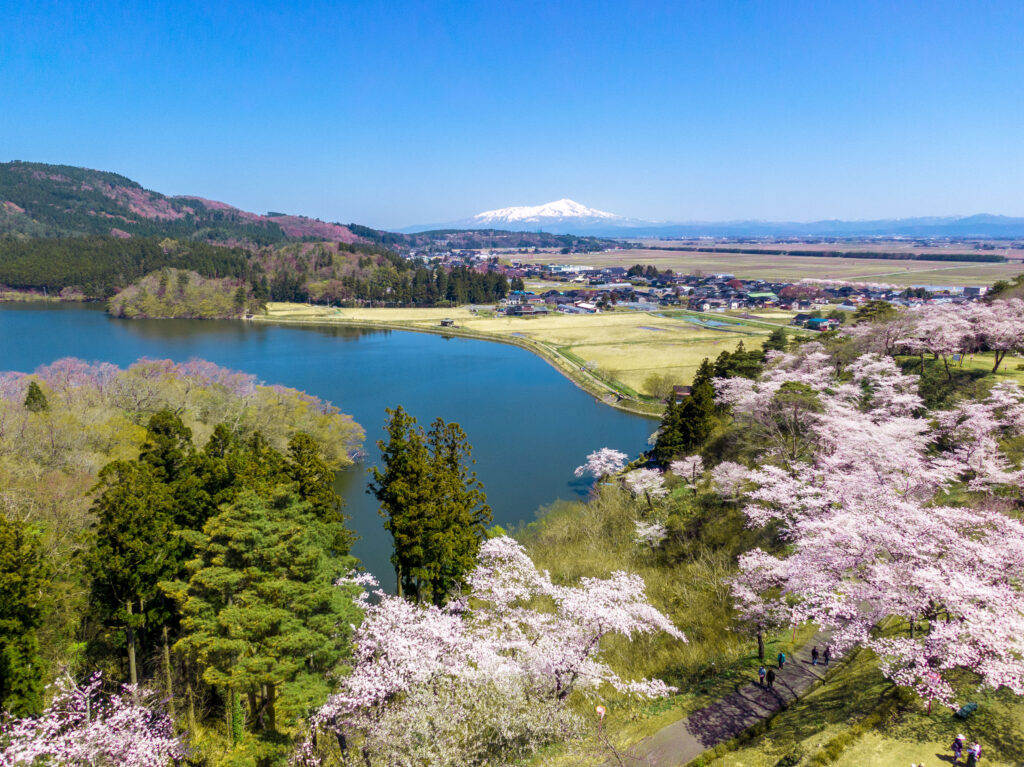
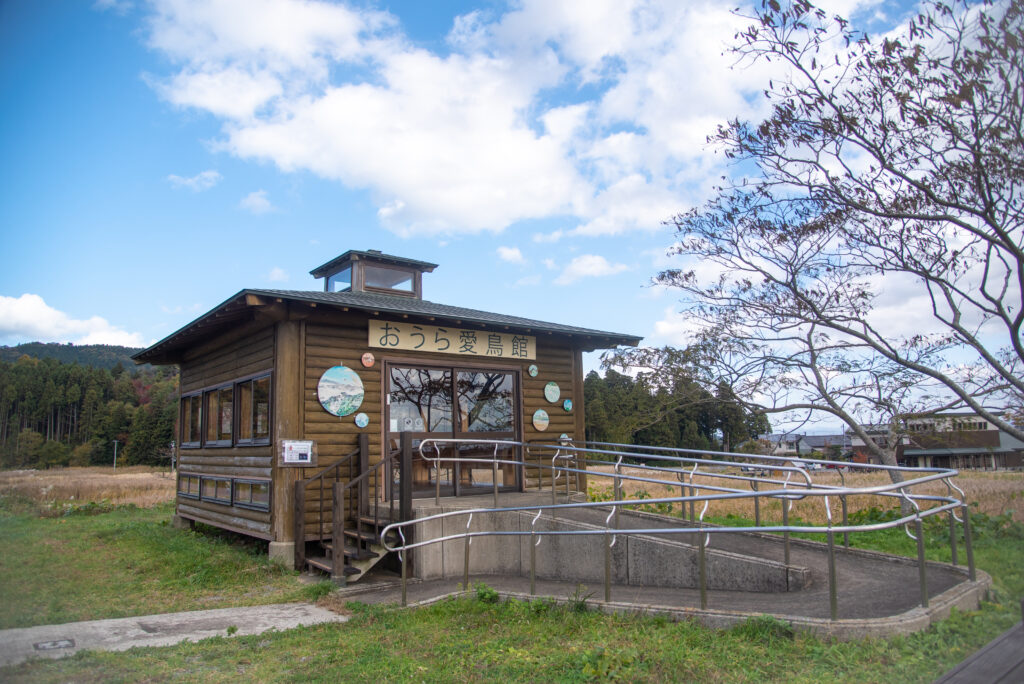
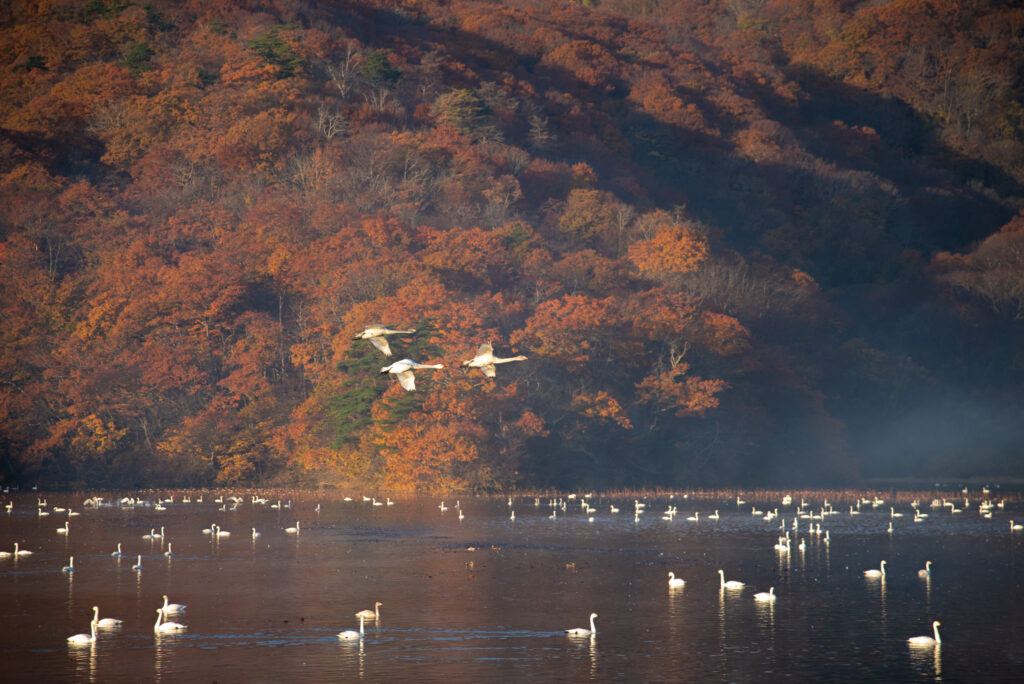
Takadate Mountain and its surrounding lakes Oyama Kami-ike & Shimo-ike’s Wetlands
Takadate Mountain and its surrounding area, including Kami-ike (Upper Lake) and Shimo-ike (Lower Lake), are designated as bird and wildlife protection zones under the Ramsar Convention. The region, part of the Shonai Coastal Prefectural Nature Park, features a rare beech forest and a rich mix of cold- and warm-climate plants, making it a unique ecosystem.
A Haven for Wild Birds
The Upper and Lower Ponds are vital wintering grounds for migratory waterfowl, including 20,000 to 30,000 mallards, as well as Eurasian Teals and Smews. Swans, such as the Whooper Swan, and geese like the Greater White-fronted Goose also frequent the area. Additionally, small birds like the Yellow-breasted Bunting and Common Redpoll pass through during migration. The best place to spot birds around the Shimoike Lake is the Oura Bird Lovers’ Hall おうら愛鳥館.
Diverse Flora and Fauna
The ponds are home to rare dragonfly species like the Violet Dropwing and Giant Darner, as well as various butterfly species. The area boasts a wide variety of trees, including Horse Chestnut and Maple, along with plants native to the Sea of Japan, such as Marsh Wisteria and Yellow Columbine.
Lotus Flowers
In July, lotus flowers bloom in the Upper Pond, reaching their peak in August. Local residents harvest the flowers during the Obon festival, offering them at the altar to honor ancestors.
Birds species present around the lakes (excerpt)
マガモ – Mallard/wild duck
コガモ – Eurasian Teal (or Common Teal)
ホシハジロ – Common Pochard
カワウ – Great Cormorant
ジョウビタキ – Daurian Redstart
ヒヨドリ – Brown-eared Bulbul
カルガモ – Eastern Spot-billed Duck
And many more!
- How to visit
-
Hotoria’s Opening Hours
9:00 AM – 4:30 PMClosed
Every Tuesday / Year-end and New Year holidays (December 29 – January 3)
※ If Tuesday falls on a national holiday, the museum will be closed on the nearest weekday following that day (that is not a holiday).
※ Please refer to the “Event Newsletter” for details on closed days.Admission
FreeParking
- 15 regular cars
- 2 spaces for visitors with disabilities
※ The Oyama Park parking lot is also available (40 spaces for regular cars / large vehicles accepted)
※ Please note: Roads around the facility are narrow, making two-way traffic difficult, and include tight turns. For this reason, large buses should avoid long-term parking and instead use the Oyama Park parking lot. Thank you for your cooperation.
You can walk around the lakes regardless of Hotoria’s open hours! Just make sure of the weather conditions beforehand and do not try to hike if the weather conditions are dangerous.
Bus stop name nearby: Oyama Umamachi 大山馬町 (bus timetable)
4. Fukudaya’s kakigori (in summer) and confectioneries 福田屋
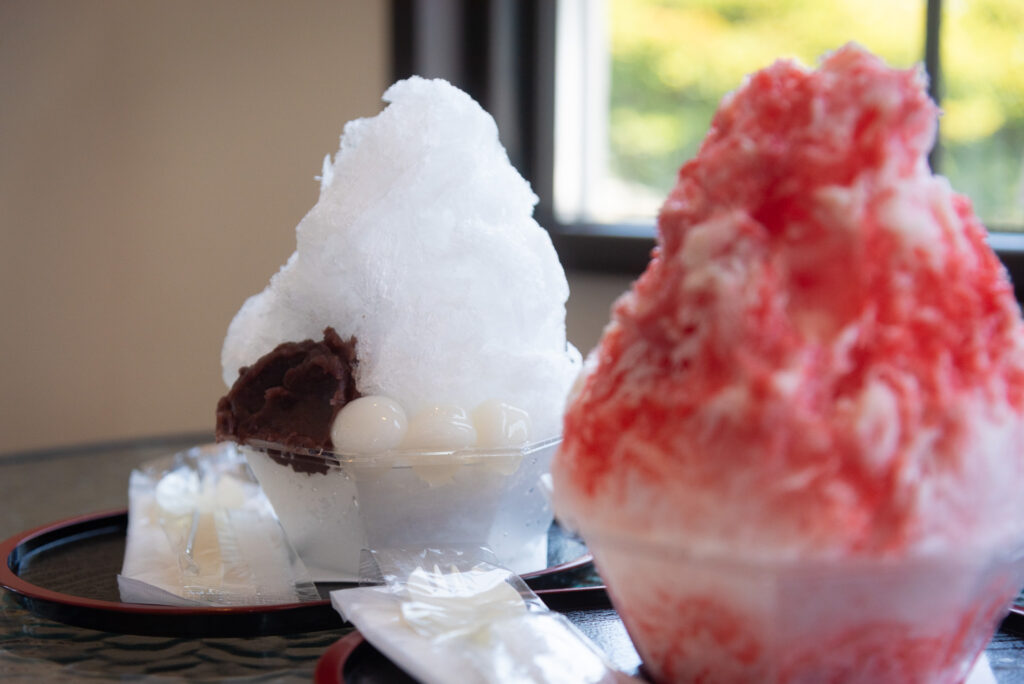
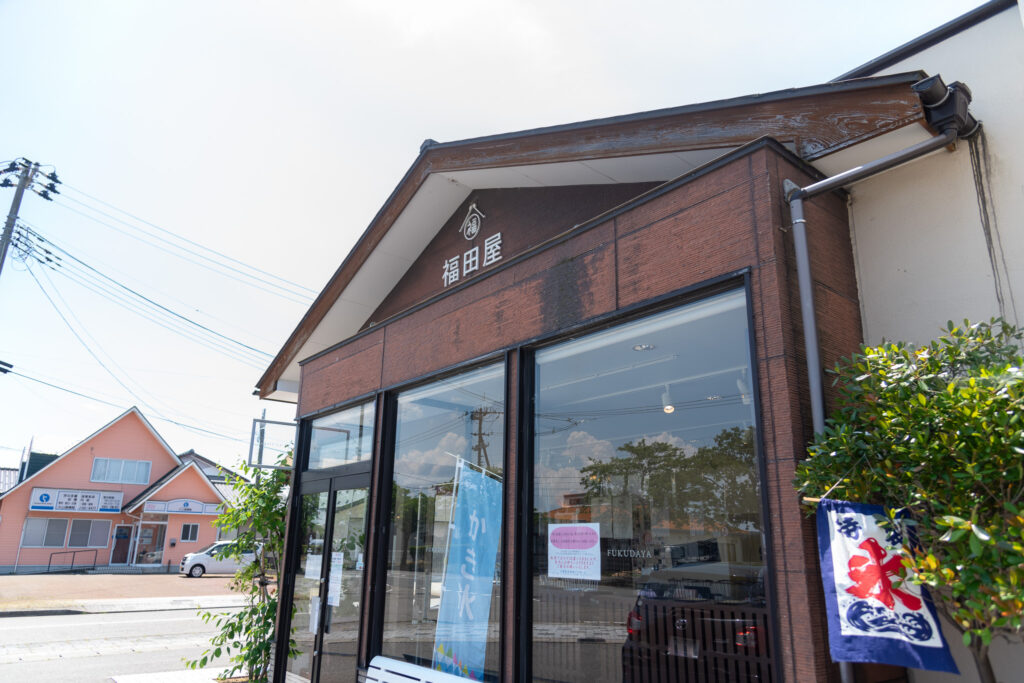
No visit to Oyama is complete without a sweet little indulgence—and Fukudaya is the perfect spot. Whether you stop by in the morning or afternoon, this beloved local shop is always a good idea.
Fukudaya offers a delightful selection of Japanese and Western sweets, ideal as gifts or to enjoy with a cup of tea. Take a break in the cozy café and sample local favorites like the gently sweet imo yokan (sweet potato jelly) and refreshing sake jelly made with sake from Tsuruoka’s Ōyama district. In the summer, their fluffy kakigori (shaved ice with syrup) is a crowd-pleaser.
Weekends bring out special treats like the Canelé de Bordeaux, and don’t miss the choux filled with cream only after you order—crispy, creamy, and made to impress.
- How to visit
-
Address: Nakamichi-139-21 Oyama, Tsuruoka, Yamagata 997-1121
Open hours: from 9am to 6pm (may vary)
Closed on undetermined days
Kakigori served between June to September (may vary) from 10am to 5pm (orders must be place before 4:30pm if customers want to eat inside). Sales stop until the shop runs out of syrup.
Bus stop name nearby: Oyama Kamihonmachi 大山上本町 (bus timetable)
5. Oyama Park 大山公園

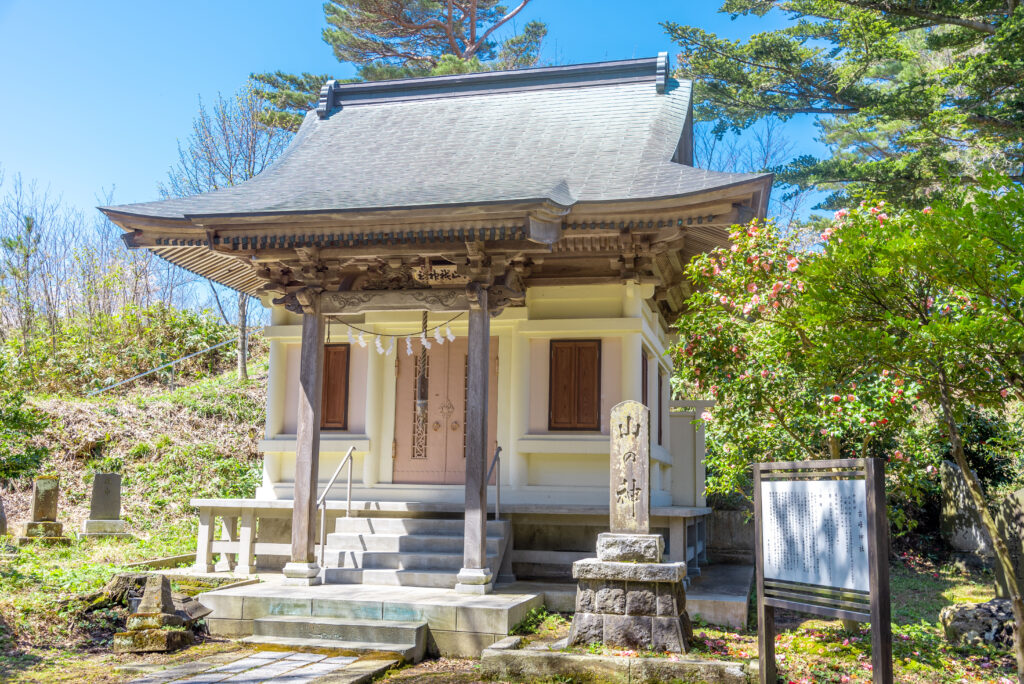
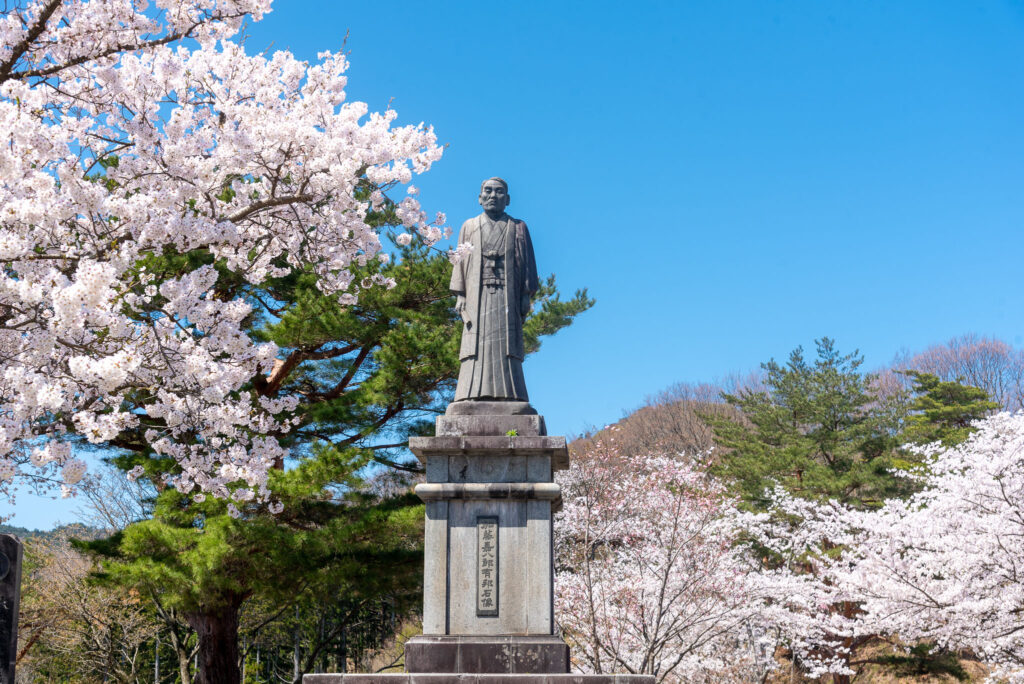
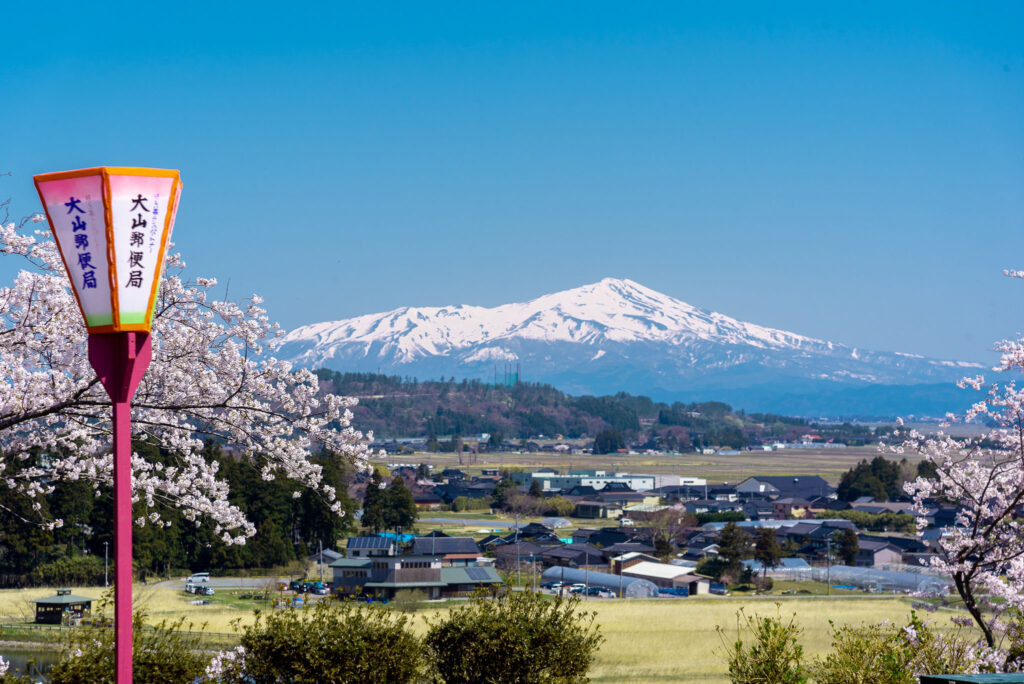
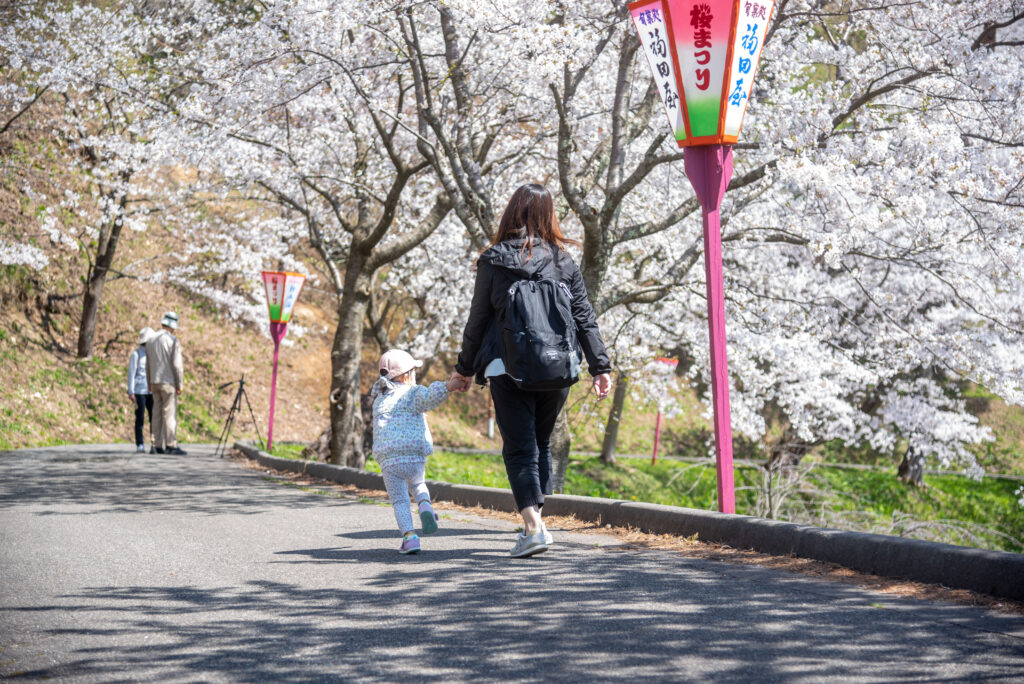
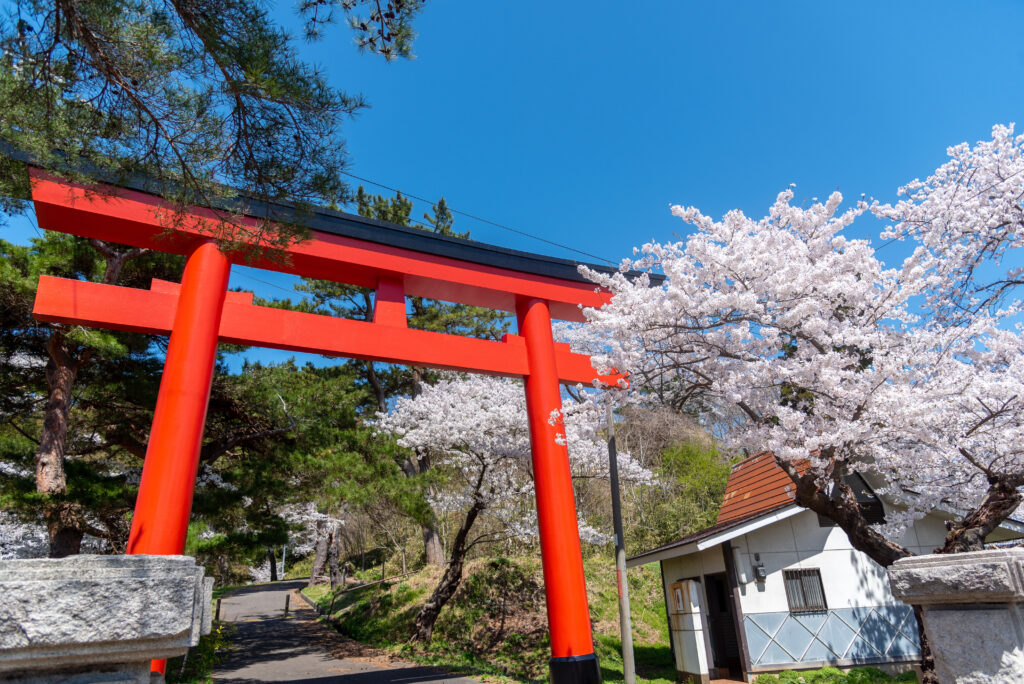
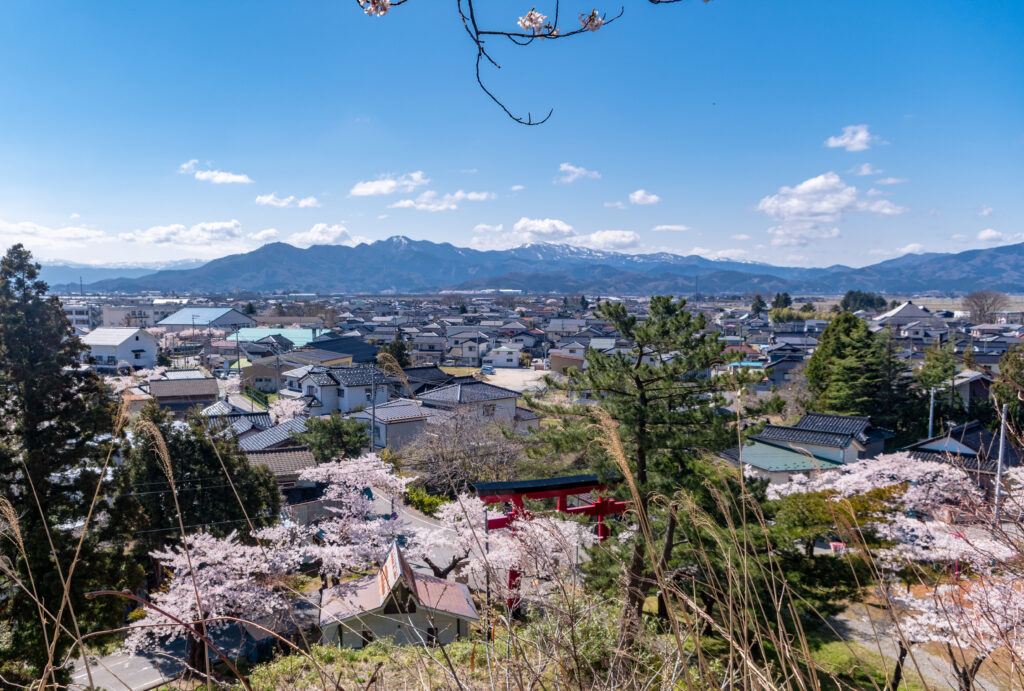
Oyama Park is one of the many famous cherry blossom spots in Tsuruoka city.
It features walking trails, rest pavilions, and can be explored in about an hour. With views over the Shonai Plain and distant peaks like Mt. Gassan and Mt. Chokai—especially majestic during snowmelt season—the park is a beloved local spot for nature and history lovers.
Oyama Park is also home to the ruins of Oura Castle, once the residence of the warlord Muto during the Sengoku period. In the late Edo period, over 800 cherry and peach trees were planted here in gratitude for the village’s escape from harsh punishment after the “Oyama Uprising.” This marked the beginning of the park’s reputation as a cherry blossom destination.
Each spring, peach blossoms, magnolias, weeping cherries, Somei Yoshino, and double-flowered cherry trees bloom in succession.
- How to visit
-
Cherry blossoms usually bloom 3/4 days later than in Tsuruoka Park (see our cherry blossom spotting article here), normally early to mid-April
Bus stop name nearby: Oyama Kouenguchi 大山公園口 (bus timetable)
6. Oyama’s Dog Festival (Inu Matsuri) – June 5th 大山犬祭り
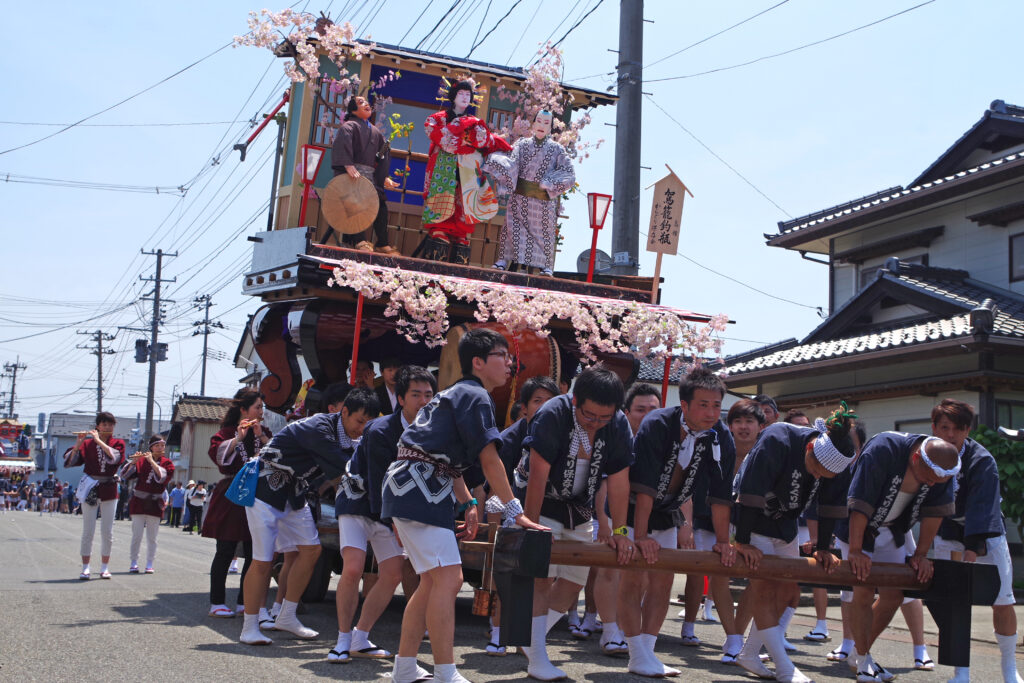

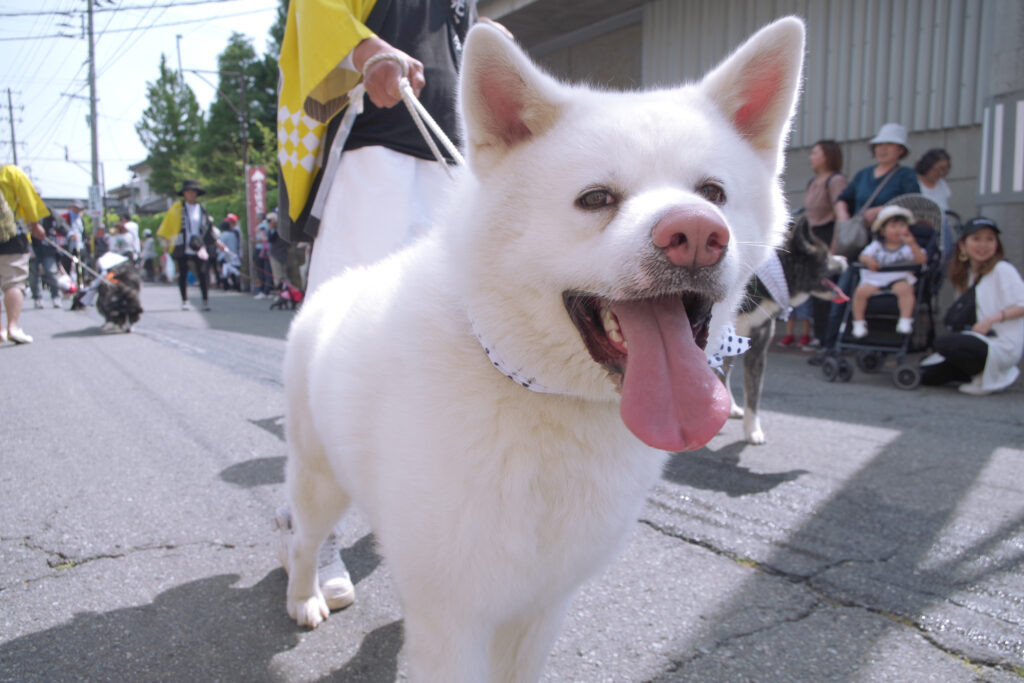
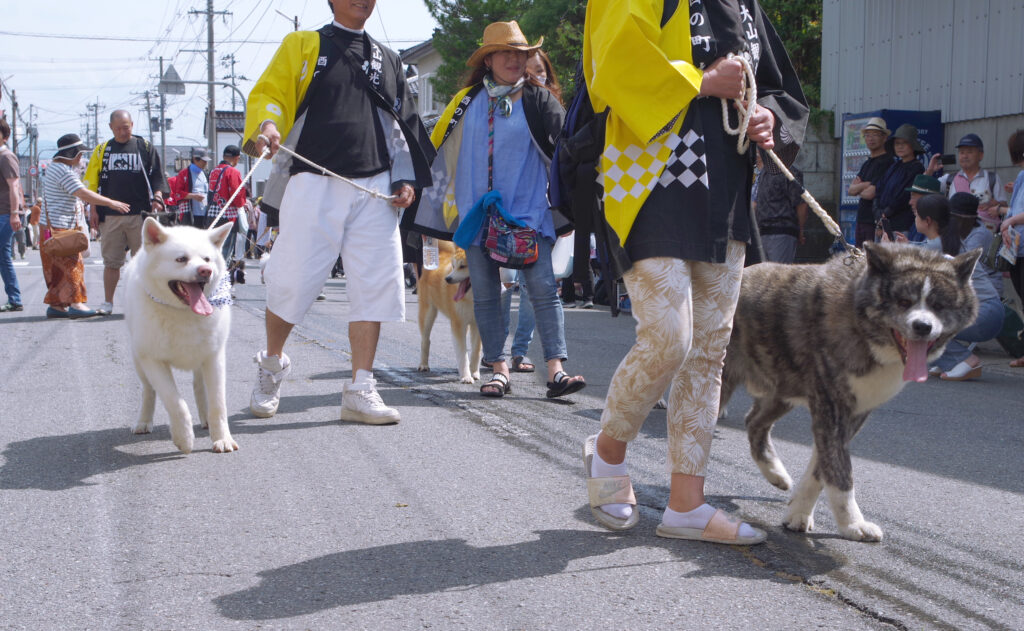
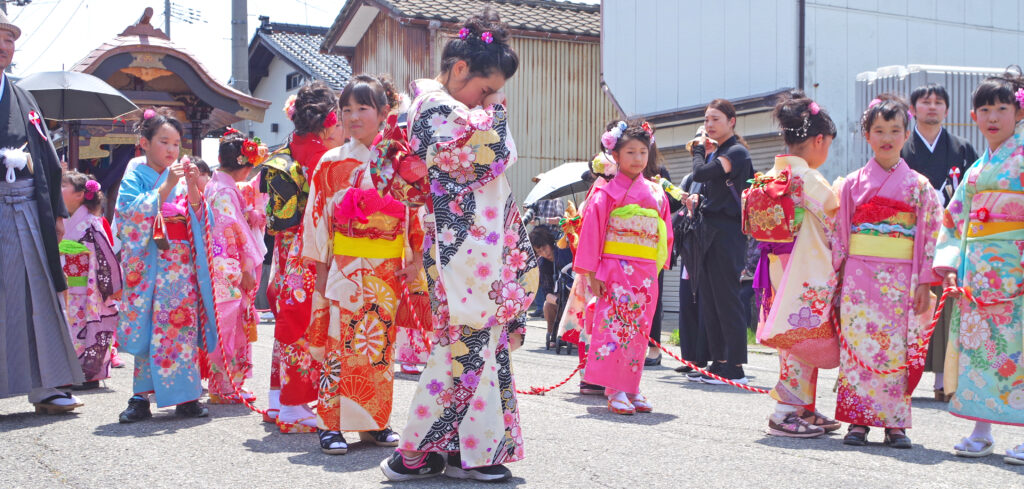
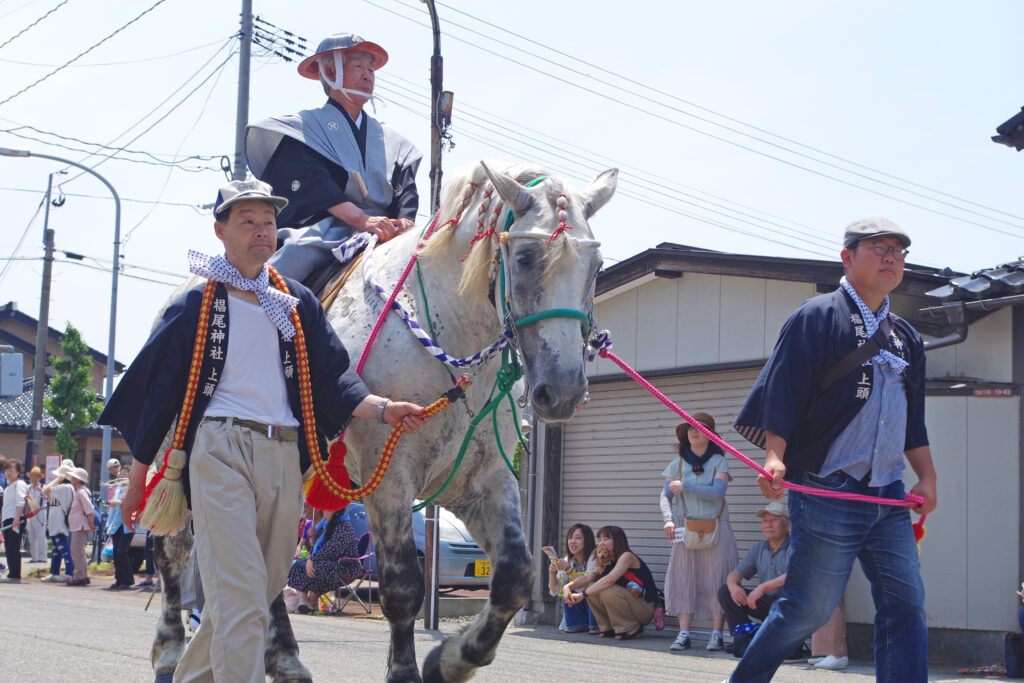
One of Shonai’s three major festivals, this event has a 300-year history rooted in the legend of the “Mekke Dog,” a legendary dog said to have defeated a shape-shifting creature (mujina) that once haunted the mountain behind Sugi-no-o Shrine. The festival features traditional processions, including a dog-shaped mikoshi (portable shrine), a parade with a kari-nyōbō (a young woman offered as a sacrifice to the creature), and vibrant karaguri floats with mechanical puppets.
Read more about the legend behind the festival
Bonus : Technically-not-Oyama-but-very-close:
7. Zenpoji Temple
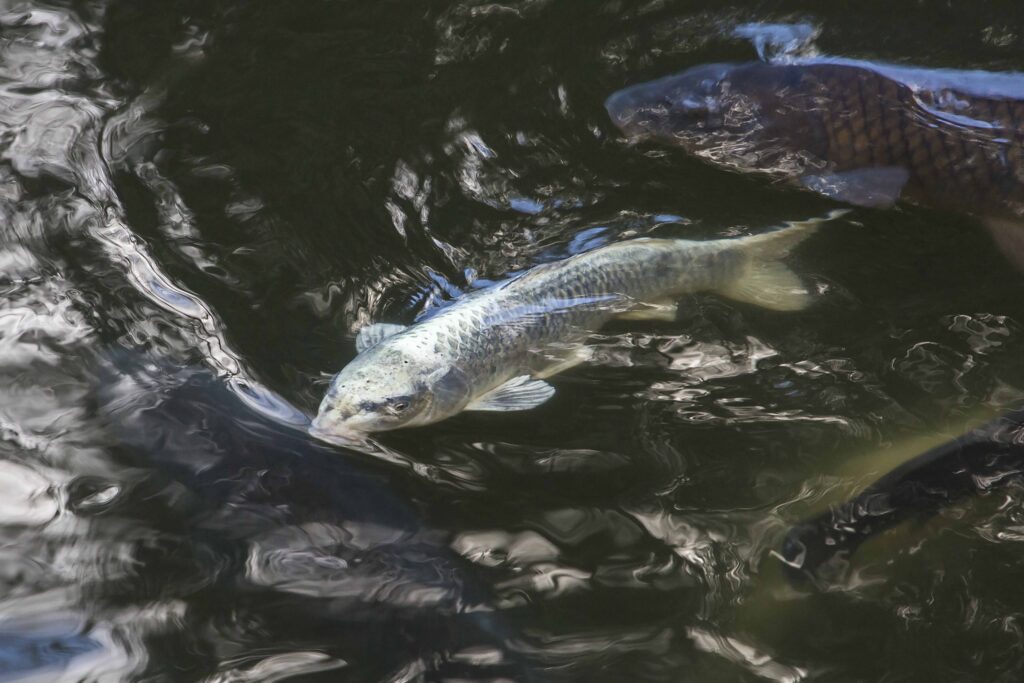
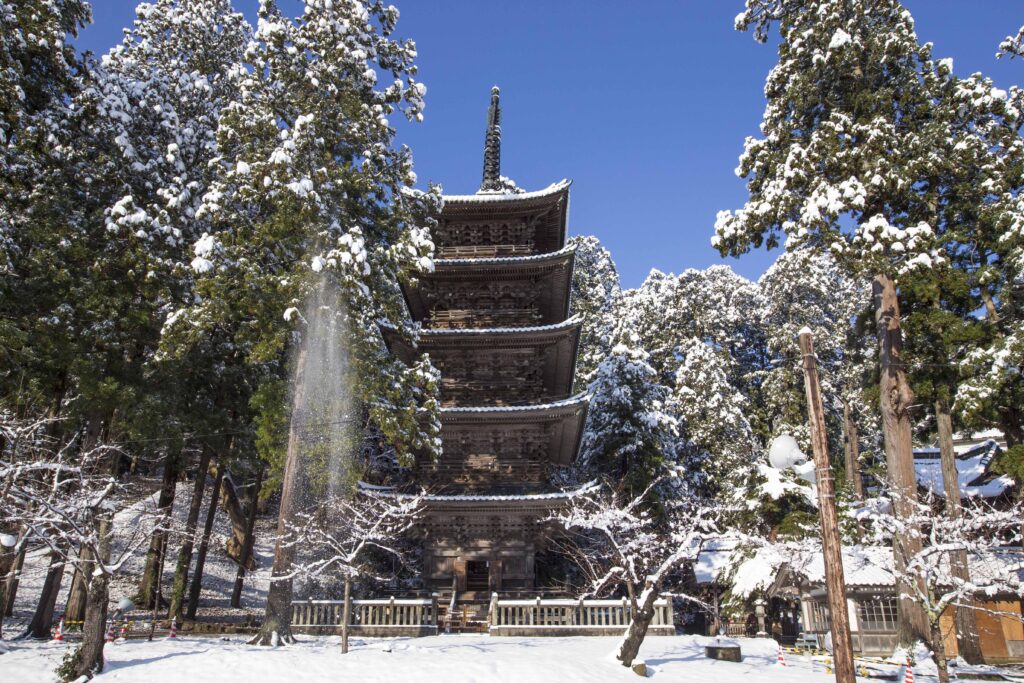
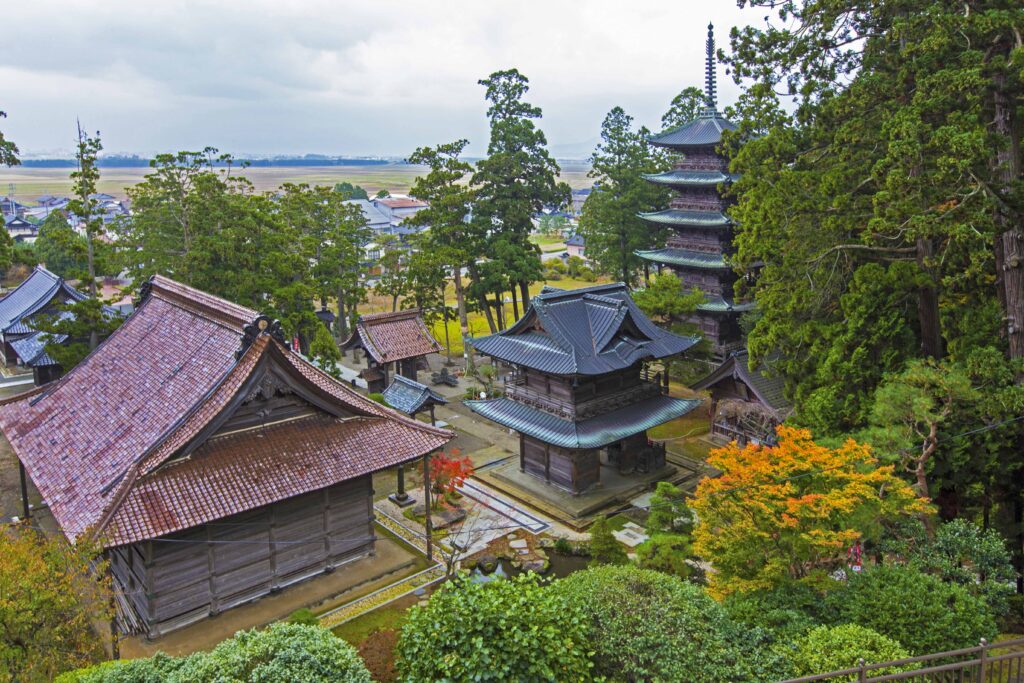
8. Kamo Aquarium
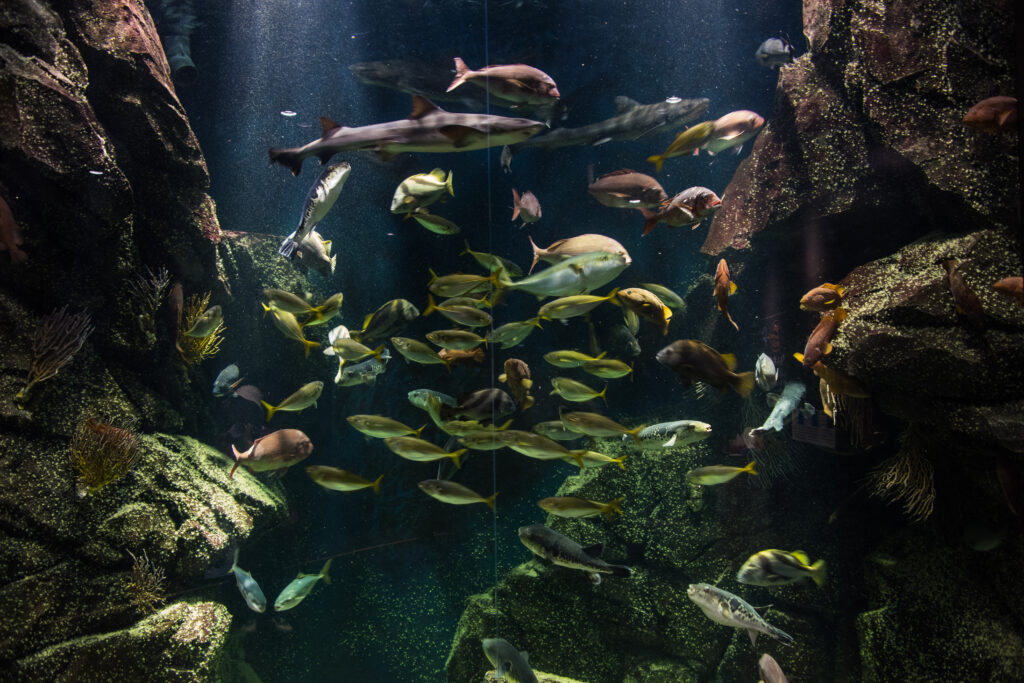
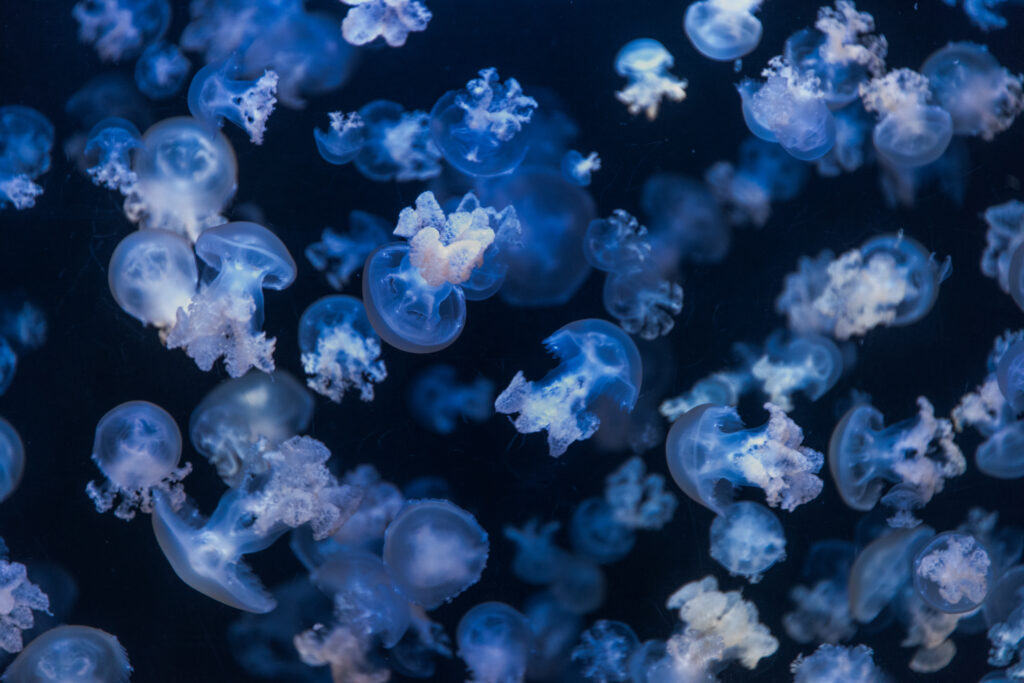
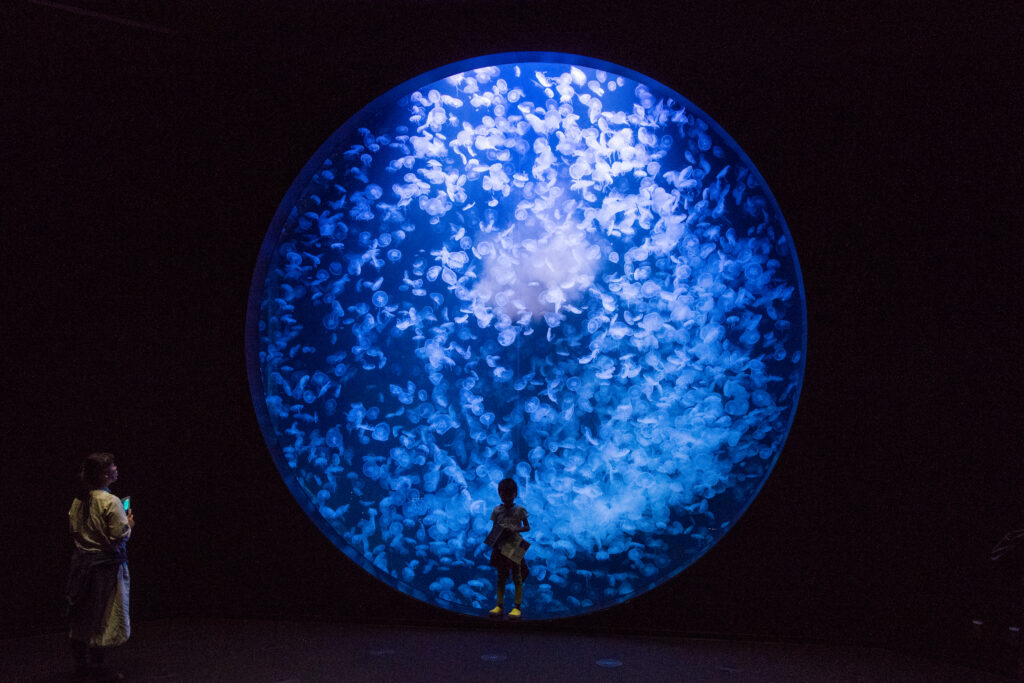
9. Yunohama Onsen
